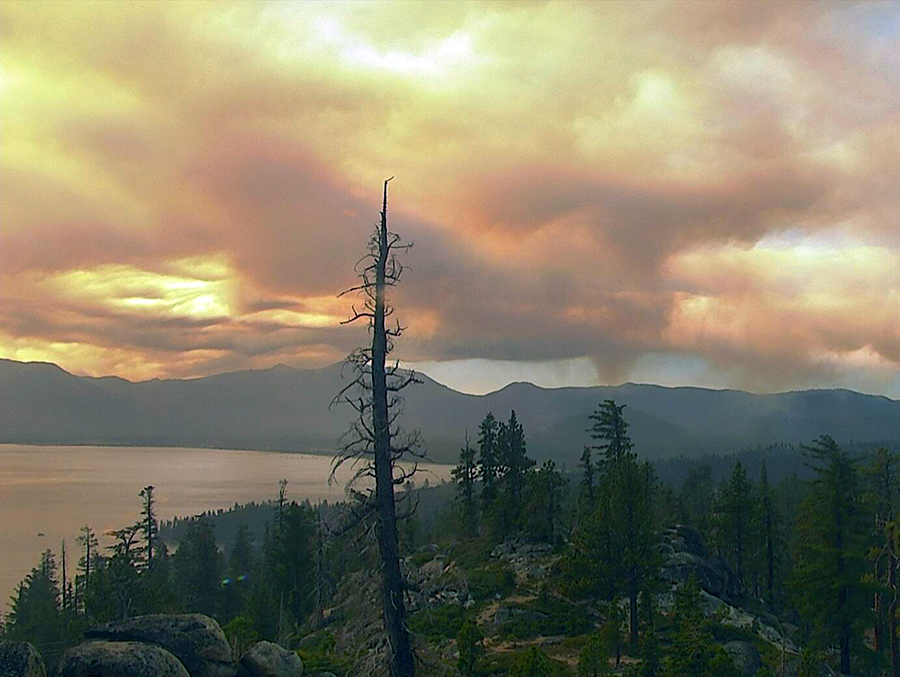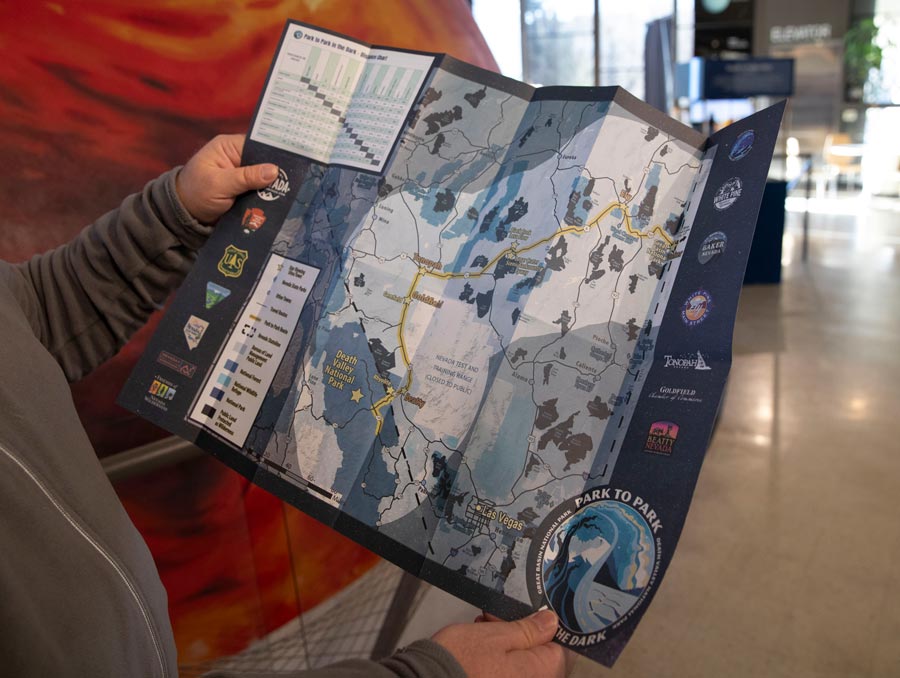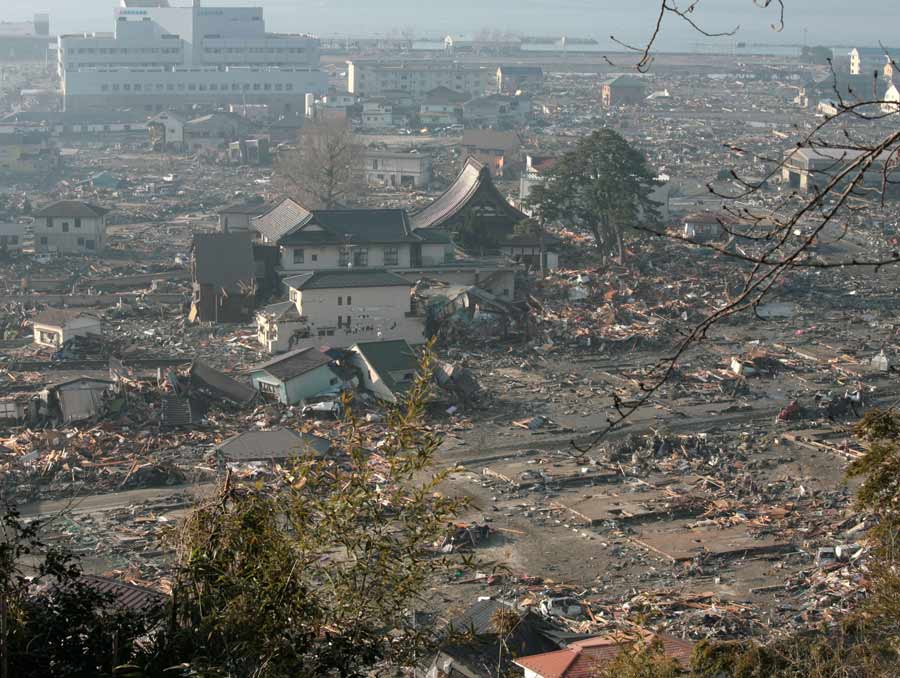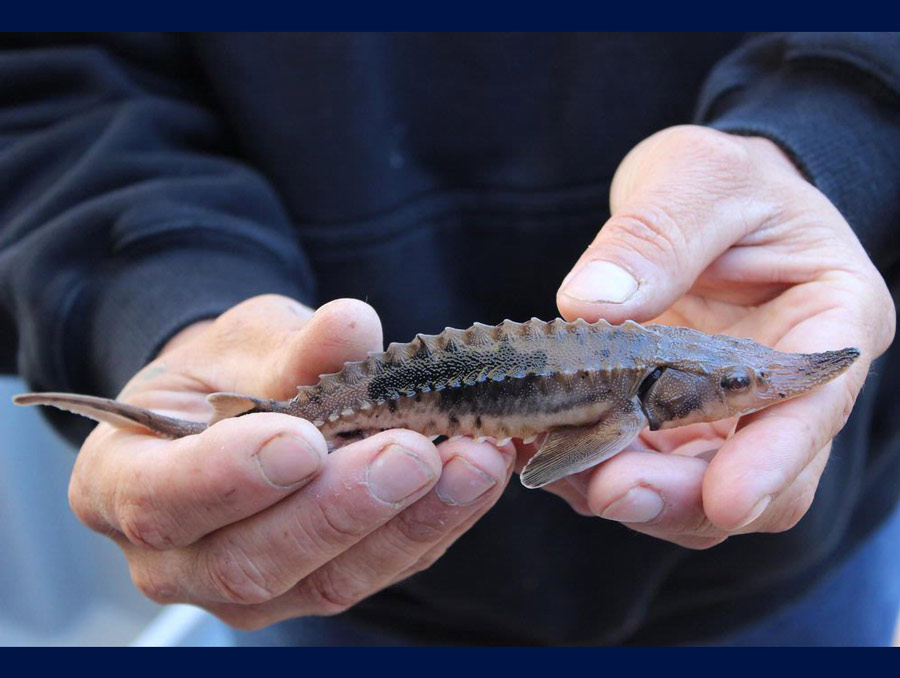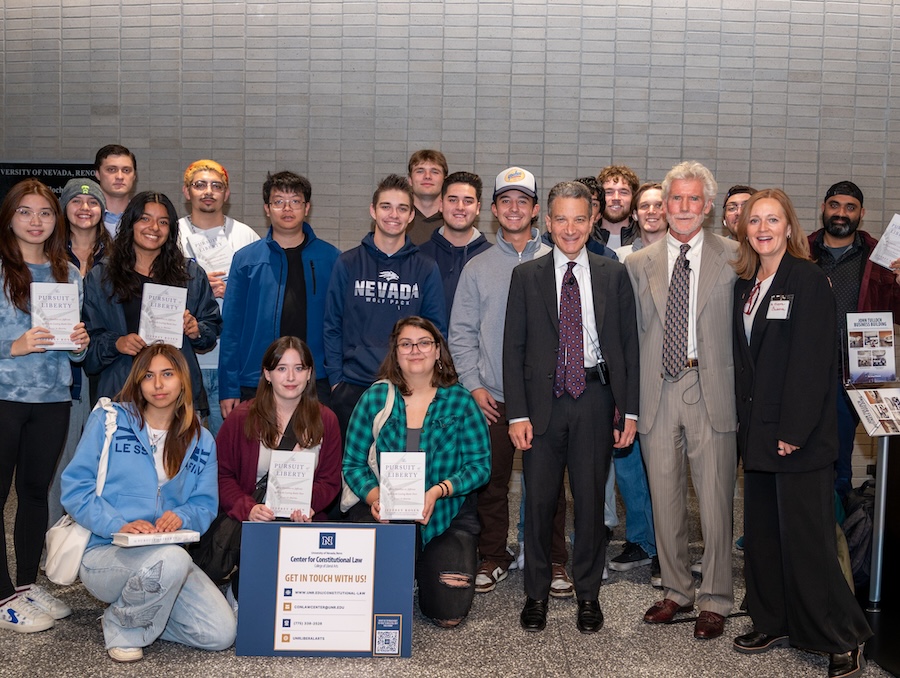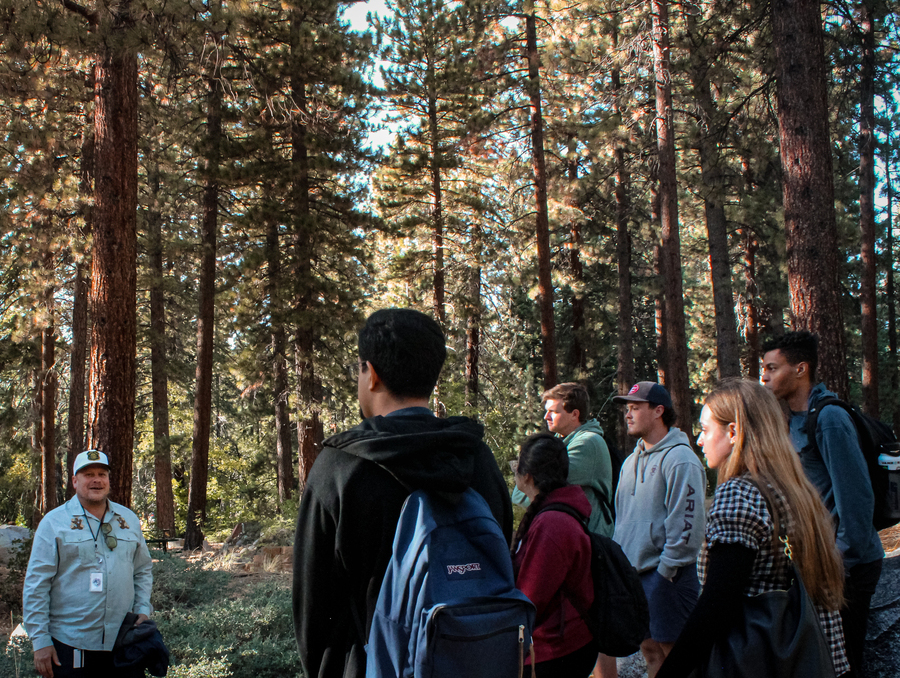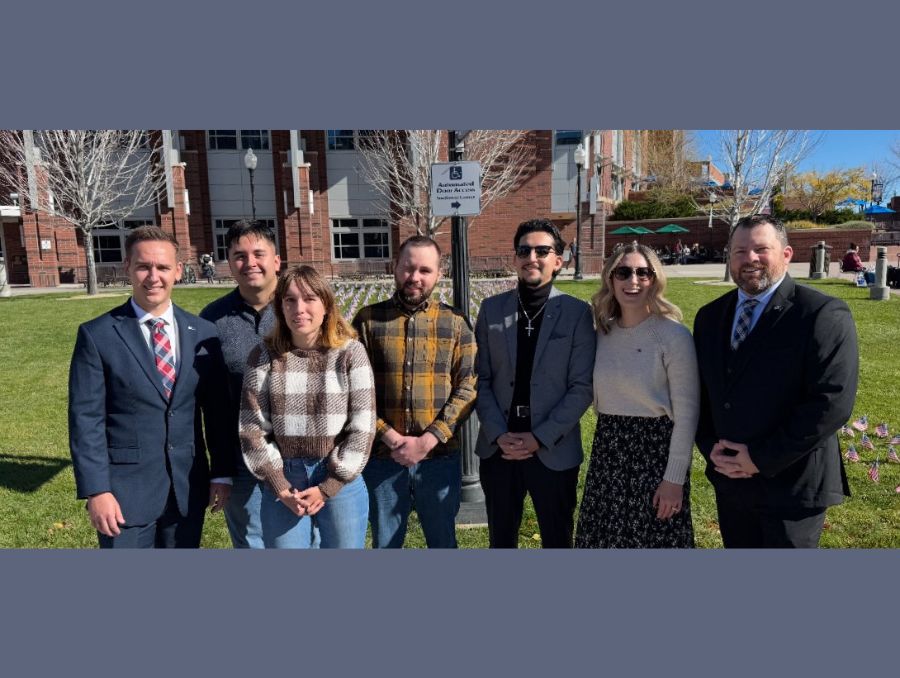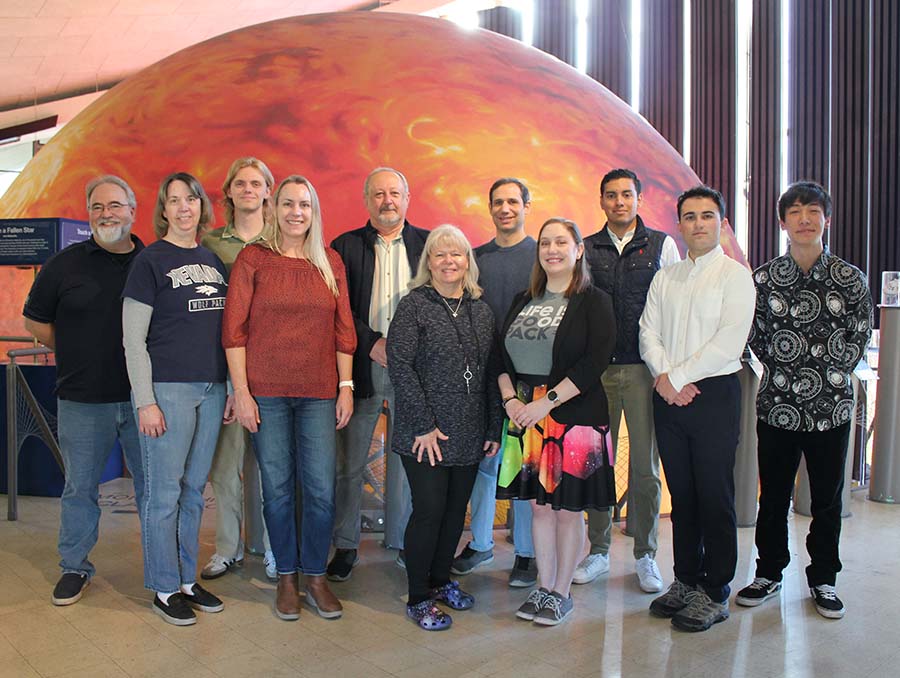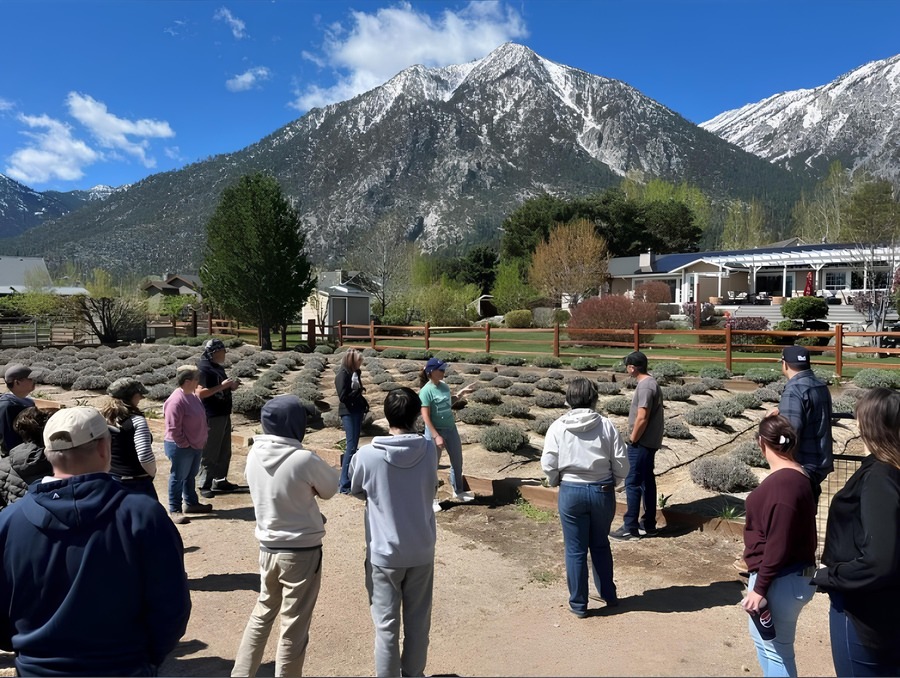When wildfires burn near a lake, the impact is inevitable. Fire debris and ash could be seen falling into Lake Tahoe during the Caldor Fire burning just a few miles from the South Shore in 2021, for example. However, research published in the June 2024 issue of Global Change Biology shows that 99.3% of lakes across the country, whether adjacent to wildfire activity or nowhere near a blaze, were blanketed in wildfire smoke for at least one day per year from 2019 to 2021. Further, 98.9% of lakes saw 10 days of smokey skies each year and 89% of lakes saw more than 30 days of smoke per year. Understanding the impact of these ‘lake smoke-days’ on freshwater bodies will help researchers better prioritize responsive research as wildfire risk and frequency worldwide increase.
Sudeep Chandra, director of the Global Water Center and foundation professor at the University of Nevada, Reno, studies Lake Tahoe from the University’s Wayne L. Prim Campus in Incline Village, Nevada on the North Shore of Lake Tahoe.
“Understanding lake smoke-days is a major step forward for quantifying the impact of wildfire-generated smoke on our lakes and rivers,” Chandra said. “Humans can look at an air quality index to know their health may be impacted by wildfire smoke and pollution. Now we might be able to connect smoke days to the impact on freshwaters.”
This lake smoke-day research was a team science project led by the Global Lakes Ecological Observatory Network (GLEON) and was coordinated across many institutions, including UC Davis and the University of Nevada, Reno.
The researchers used data from the National Oceanic and Atmospheric Administration Hazard Mapping System Smoke Product that quantifies smoke density based on a combination of satellite imagery and ground-based measurements. To capture the lakes' geographic data, they used the North American lake maps database from the HydroLakes and United States Geologic Survey (USGS) NHDPlus database. They used these datasets to determine when and how often the 1,333,687 lakes in North America intersected with an area characterized as smokey. Their results, showing that nearly 100% of lakes in North America saw smokey skies at some point each year, were unexpected.
“That was surprising, even to us,” Mary Jade Farruggia, a Ph.D. candidate in the UC Davis Graduate Group in Ecology and the Department of Environmental Science and Policy and the publication's first author, said. “With this study, we quantified for the first time the scope of the smoke problem. We show that it’s not just a widespread problem, but one that is long-lasting in a lot of places.”
Each day a lake was impacted by wildfire smoke was deemed a ‘lake smoke-day’ helping to establish a consistent metric for measuring the impact and a baseline for future research.
Kinds of smoke and why it matters
In 2021, Chandra organized a research team with scientists from UC Davis and Utah State University to track the impact of falling ash from the Caldor Fire on Lake Tahoe – a lake known for its famed clarity. The report from these studies indicates that not all wildfire smoke is created equal, with some smoke-ash particles falling furthest from the fires having the potential to contribute to more algal growth compared to particles falling closer to the fire. Another earlier study looking at wildfire smoke in another mountain lake near Mt. Shasta suggests a potential restructuring of part of the lake’s ecosystem when smoke infiltrates a water basin’s airshed.
“Clear water, like what we see at Lake Tahoe and often at other alpine lakes, can impact the type of light that enters the lake, altering the temperature of the lake and depth where food resources like algae grow,” Chandra said. “Understanding the implications of smokey airsheds will be important for predicting any short or long-term impacts on lakes. Establishing these deeper connections between lake smoke-days and freshwaters could be important as we approach another potential wildfire season in parts of the United States and Canada that are impacted by longer-term drought conditions and changes to aridity in the landscape.”
The GLEON team’s research was funded primarily through the National Science Foundation and the publication’s 22 authors span disciplines ranging from chemistry and atmospheric science to geography and ecology. The researchers continue to combine their expertise to better understand, share and communicate these impacts.
